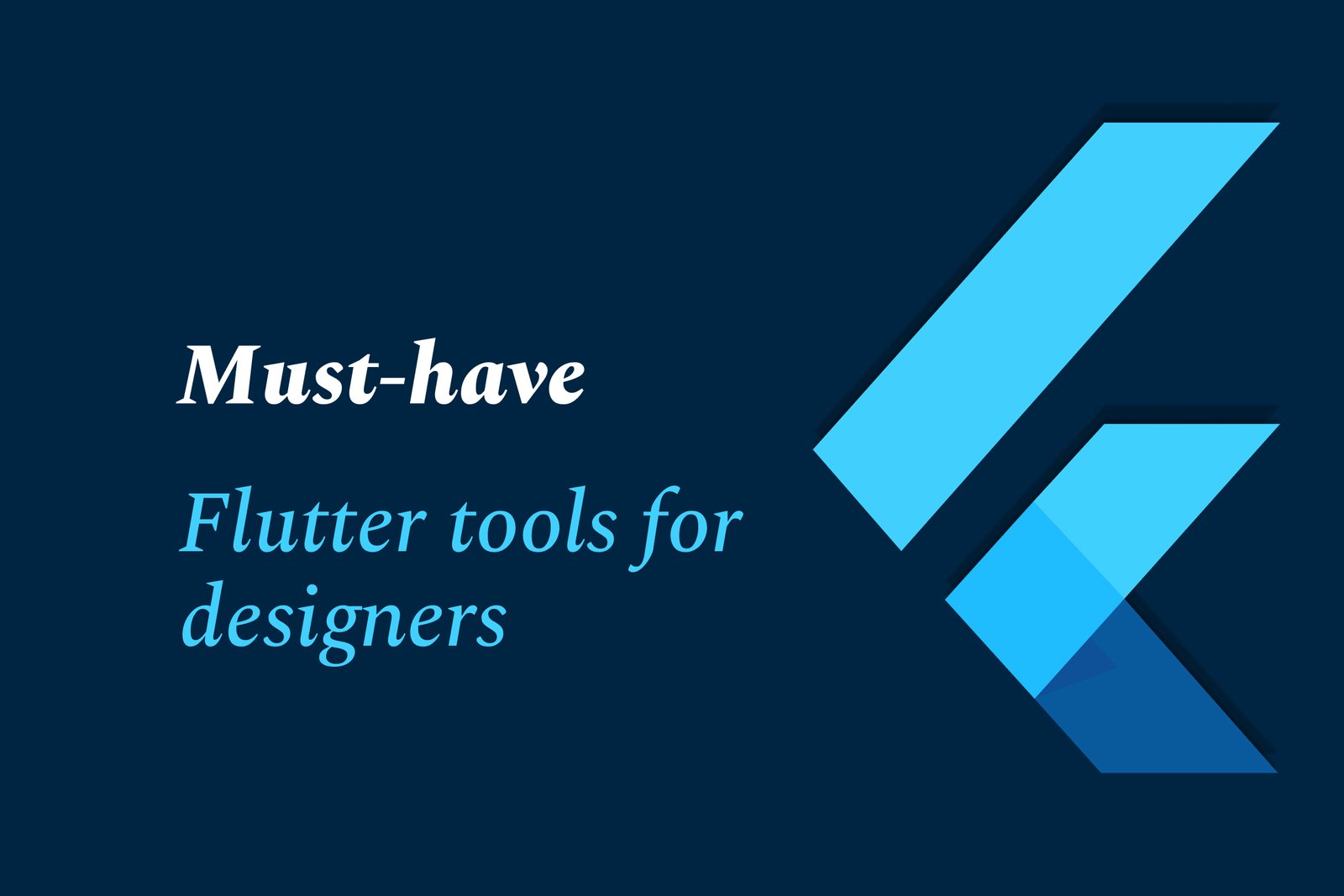Must-Have Flutter Tools for Designers
Must-have Flutter tools for designers include Figma plugins, FlutterFlow, and Panache, which streamline design-to-code conversion, enable rapid prototyping, and simplify theming—helping create polished, consistent Flutter app UIs faster and more efficiently.
Must have Flutter tools for designers
Designers working with Flutter can significantly boost their productivity and design quality by leveraging essential tools tailored for Flutter app development. Below are key Flutter tools every designer should consider:
1 ) Figma to Flutter Tools
These plugins and integrations help convert Figma designs directly into Flutter code.
While there is no total consensus on effectiveness, many developers use tools like Supernova or Adobe XD plugins to streamline the handoff between design and development, saving time and reducing errors.
2 ) Design Collaboration Tools
Tools such as Figma allow real time collaboration and prototyping.
Their integration capabilities with Flutter development environments help maintain design consistency and accelerate iteration cycles.
3 ) Flutter Specific Design Plugins
Plugins exist that facilitate importing and adjusting designs specifically for the Flutter framework.
Adobe XD plugin and Supernova are popular examples enabling designers to export designs compatible with Flutter.
4 ) UI Development and Prototyping Software
FlutterFlow and DartPad provide visual interfaces and coding environments conducive to design experimentation.
These platforms support rapid prototyping, allowing designers to preview animations, gestures, and layouts interactively.
5 ) Asset and Theme Management Tools
Tools like Panache help designers create custom themes and color schemes for Flutter apps.
Managing assets efficiently ensures consistent visual identity across devices.
6 ) Testing and Feedback Tools
Visual testing platforms such as Testmagic or Instabug help catch UI inconsistencies early.
User feedback integration through tools like Countly or Appetize supports iterative improvements based on usage data.
Conclusion
Adopting the right combination of tools—ranging from design to code converters, prototyping platforms, theme management solutions, to user feedback and testing frameworks—empowers Flutter designers to bridge the gap between creative design and high quality app development. This results in faster workflows, enhanced collaboration, and polished user experiences.
https://justacademy.in/news-detail/what’s-deprecated-in-flutter-2025
https://justacademy.in/news-detail/speech-recognition-in-flutter-using-ai
https://justacademy.in/news-detail/flutter-roadmap-beyond-2025
https://justacademy.in/news-detail/flutter-india-summit-2025:-key-takeaways
https://justacademy.in/news-detail/building-ai-first-apps-with-flutter
Related Posts
In 2025, top Angular libraries offer modern, feature-rich components and tools for building dynamic web apps. From powerful data grids to low-code platforms like UI Bakery, these libraries enhance development speed, UI design, and scalability, making them essential for Angular developers.
Migrating from AngularJS to Angular 17 involves gradually upgrading your app by running both frameworks together using tools like ngUpgrade, rewriting components in TypeScript, and adopting Angular’s modern architecture to enhance performance, maintainability, and long-term support.
Angular state management tools help organize and handle app data efficiently, improving scalability and maintainability. Popular options include NgRx for robust, RxJS-based patterns, and newer Signal Store solutions that offer simpler, reactive approaches integrated tightly with Angular’s latest features.
RxJS in Angular empowers developers to manage asynchronous data streams with powerful operators like `forkJoin`, `combineLatest`, and `zip`. Mastering these key operators in 2025 is essential for building efficient, reactive applications that handle complex event sequences seamlessly.
Angular performance optimization in 2025 focuses on improving app speed and responsiveness by using techniques like OnPush change detection, lazy loading, efficient data caching, and AOT compilation. These practices reduce load times, enhance user experience, and ensure scalable, fast Angular applications.
In 2025, Angular remains preferred for large-scale, enterprise apps with its robust, all-in-one framework, while Vue attracts developers seeking simplicity and fast development for smaller projects. Both frameworks excel, with choice driven by project needs and team expertise.
Angular Signals are a new reactive primitive in Angular 16 that enable fine-grained, efficient change detection by automatically tracking dependencies and updating only affected parts of the UI. They simplify state management and boost app performance, revolutionizing Angular's reactivity model.
Angular interview questions to prepare in 2025 focus on core concepts like components, directives, data binding, routing, and dependency injection, along with TypeScript mastery and latest Angular features to ensure strong practical knowledge for building scalable, efficient web applications.
AngularJS reached its official end of support in January 2022, meaning no further updates or security patches. To ensure app security and performance, developers should consider migrating to modern Angular versions or seek third-party long-term support options if immediate migration isn’t possible.
The Angular Roadmap 2025 highlights upcoming features focused on improving developer experience and performance, including zoneless Angular, Signals integration, enhanced Forms, async data handling, improved HMR, and expanded Angular Material/CDK enhancements, driving modern, efficient web app development.










